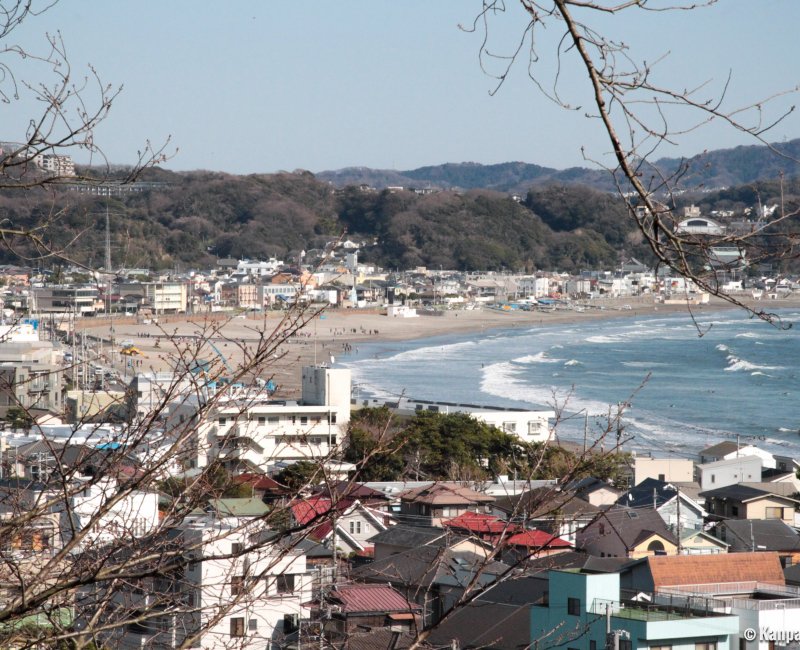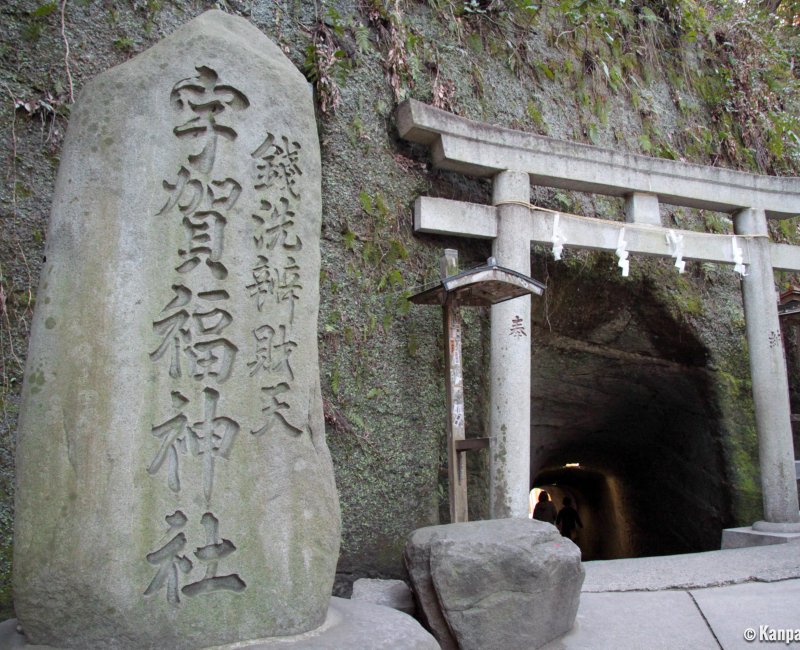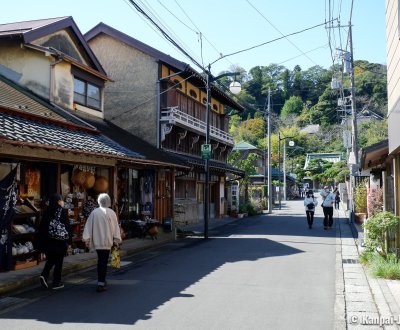Kamakura
The Charming Coastal Town in Tokyo’s Outskirts
Kamakura is a coastal town hugging Sagami Bay, in Kanagawa prefecture. Located about 50 kilometers south to the Japanese capital, it is a holiday spot for Tokyo inhabitants and foreign tourists who come on a daytrip to visit its numerous temples, its Great Bouddha and enjoy the beach. The city is included in the Shonan region, a seaside area on the Pacific coast.
Located just over 50 kilometers from Tokyo, Kamakura is one of the most popular trips out for visitors. It is possible to see all its essentials and visit in just one day, or combine it with a trip to the nearby island of Enoshima.
Kamakura is best known for its large sitting Buddha statue, but it has many other interesting places to visit. Most attractions are concentrated around the three main stations in the region: Kamakura, Kita-Kamakura (both are on the JR line) and Hase (on the Enoden line for "Enoshima Dentetsu").
It is not expensive to visit the sights and you can easily get away for a day on a reasonable budget.

Former capital of Japan
Kamakura is one of traditional Kanto hearts, with Nikko, and a destination that will please History lovers.
As a result of the war between the Minamoto and Taira clans, Kamakura saw the rise of the Japanese Middle Ages and became its temporary center. Minamoto no Yoritomo (1147-1199), the heir in exile, settled in the little town in the beginning of the 1180s, and after many battles and having received the title of shogun, reigned between 1192 to 1199.
It was the beginning of Kamakura period (1185 – 1333) during which the small town was the capital of Japan. Thereafter, the city retrieved its inconspicuousness, but thanks to its one century and a half Golden Age, it developed an abundant religious heritage, Shinto as well as Buddhist, and especially became a powerful center for Zen Buddhism.

Remarkable sites surrounded by nature
The city fosters great hopes to be integrated to the UNESCO World Heritage List, especially thanks to its Great Buddha in Kotoku-in or Tsurugaoka Hachiman-gu shrine. Kamakura is filled with discoveries, such as:
- Temples and shrines, including Zeniarai Benten, the second most visited place in the city,
- Tenen Hiking Trail, one of the several forestry and hilly paths, lesser known from tourists, that connect the main temples through the hills of Kamakura,
- The former Kamakura Museum of Modern Art, with its modernist architecture converted in Tsurugaoka Museum, sheltering Isamu Noguchi’s sculptures, and mainly Kamakura period’s artworks and Important Cultural Properties belonging to the nearby Hachiman-gu shrine.
Despite the influx of tourists, nature in Kamakura is lush and makes the visit particularly pleasant from spring 🌸 to autumn 🍁. The destination is especially agreeable in June when hydrangeas are in bloom and humidity enhances the green of the vegetation. The beach 🏖 is also enjoyable.
Let’s have a glimpse on Kamakura in this video:
It is said that Japanese people are the main tourists in their own country. In big cities and Tokyo in particular, the gaijin (foreigners) melt into the flow of the natives and sometimes spend a whole day without meeting a single foreigner. In Kamakura, the number of Westerners at the tourist spots is quite noticeable and that is reflected in the rates charged in the small Japanese restaurants there.
Note that since spring 2019, eating while walking is forbidden in Kamakura.
In any case, Kamakura is a must-see offering an insight of traditional Japan, in a way complementary to Kyoto.

